Langtang Valley is among the most beautiful and peaceful trekking routes in Nepal. It is considered to be one of the least commercialized trails in the Himalayas, available in its most natural form. It allows you to witness the majestic panoramic views of the snowy mountain tops close to the Kathmandu valley. Alongside the trails that pass through the lush green forests, as well as peaceful villages. You can experience the local culture and tradition of the region quite personally. Make the most of the trek by choosing the right time to go for this trek. The condition of the trail is based on the weather situation. Based on the season you choose, be clear on how clear the mountain visibility can be.
The two best times to trek in the Langtang Valley are the spring and autumn seasons. The spring season continues from the month of March until May. The weather is quite pleasant where the hills are filled with rhododendron forests, which gives a vibrant color effect in a natural setting. You can trek in clear weather conditions to have a great view of the mountain ranges. The autumn season generally starts between September and goes on until November. Skies during this time are quite clean, and the air is quite refreshing after the summer rain. The climate during this time is quite steady, making for a clear opportunity to make the walking experience quite safe to walk.
You can also go trekking in the Langtang region in other months as well, but it can get quite tough if not careful. Summer generally starts from June to August, bringing heavy rainfall to make trails slippery. Winter generally gets very cold temperatures starting from December to February, where some places in the trails can be covered under heavy snow. So, if you would like to see the most beautiful view to have the most convenient walking experience, then the most favorable timing can be between the spring and autumn seasons, which are considered to be the best times to travel in the Langtang Valley.
Autumn Trekking in Langtang Valley
Autumn generally starts from September to November and is the best time to trek in Langtang Valley after the rainy season ends. The skies open clear at this time, the air is clean and the landscape of mountains becomes clearer than ever before. You have the privilege of walking under the sunny skies with very minimal chance of rain.
The weather is quite stable in the autumn season, which provides pleasant trekking conditions. Days are generally warm and the nights are moderately chilly. The trails are mostly dry and safe to walk around quite easily at your own pace. You can see sunrise and sunset views of the sunlit mountain ranges. These quiet forests and faraway mountains shine bright in the sun along the route. Places like Langtang Lirung and the surrounding mountain peaks appear mysterious this time of the year.
Autumn also energizes the villages. The villagers return to their villages and celebrate their major festivals. You can see the local culture up close and appreciate the hospitality of the residents. The teahouses are open with warm hospitality, which has a story to tell. If you want an ideal weather situation, then this beautiful scenery and a friendly but active trekking experience in the autumn is the ideal time to visit the Langtang Valley.
Spring Trekking
The spring season is one of the best times to go for a trek in the Langtang Valley region. This season starts in March and lasts through April and May. During this time, the weather is quite warm during the day and can get chilly during the night. This makes for a more comfortable walking experience at higher altitudes. The weather remains mostly clear, which gives you beautiful white Langtang mountain views every single day.
As you walk along the valley, you can see vibrant rhododendrons fully blooming on the way. The flowers are scattered on the mountains and add more splendor to the walk. The woods are inhabited by birds and the air in the mountains is cool. Spring also brings along longer days of sunshine, so you get to indulge in the trek on your terms.
The majority of the trekkers love the spring season since it is peaceful, not freezing and rainy. The teahouses along the trail stay open and ready to welcome you with warm meals and cozy beds. If you want to enjoy nature at its best, see snow-covered peaks clearly, and walk through blooming landscapes, spring is the perfect season. It gives you the full Langtang experience with safe weather, fresh mountain air, and colorful views all around.
Summer and Monsoon Trekking
The summer and monsoon season usually starts from the month of June to August, one of the most favorable times to trek the Langtang Valley. The season is considered an unpopular time for trekking due to frequent rain and clouds covering the entire view of the mountain ranges. If you enjoy trekking through the silent trails with fewer people, then this is the right time for a suitable trip. The forest becomes dense and the air is quite fragrant after the rains. Waterfalls flow stronger and wildflowers blossom in the valley.
It is warm during the day and slightly cold at night. There is a likelihood of rain, though, so it is advisable to carry a raincoat and a good pair of walking shoes. The view of the mountains might be covered by clouds, but whenever the skies clear, one still gets to see the beautiful snow-covered mountains. Such moments of clarity are all the more valuable during the rainy season.
Birds are singing louder, and the trail feels alive with nature. You may also spot more wildlife on the trail since there are no crowds. The teahouses are also open and offer hot food and dry areas to rest. Even though the trails are slippery, slow and cautious walking allows you to absorb the peaceful atmosphere.
This season is not suitable for all kinds of trekkers, especially if you wish for clear mountain views every day. But if you’re a nature lover who appreciates the freshness of nature and peace of mind. It does not mind a bit of rain, then the summer trekking in the Langtang valley can present a unique experience in a peaceful environment. This might not be the best time, but it offers a peaceful and unique side of the valley that you might miss.
Winter Trekking
Trekking in Langtang Valley during winter feels quite a peaceful and relaxing experience. This season takes place during December and generally lasts through January to February. You get to encounter fewer trekkers at this time of year, so you to enjoy the trail with more peace of mind and freedom. Skies are most likely to be clearer, resulting in the early morning often bringing beautiful views of the snowy mountains.
But the weather gets very cold, especially in the evenings. You might find the trail a bit icy and slippery due to the snow on some parts of the trail at higher elevations. But if you are adequately equipped with warm clothing and good gear, the experience feels truly worthwhile. The snowy landscape feels like something out of a postcard, with something refreshing about the quiet winter breeze.
The majority of teahouses in the lower part of the valley are still open, so you can still enjoy the warm meals and a cozy place to stay for the night. If you do not mind the cold winter trekking, then trekking during this time of the year is a good idea for a more peaceful experience. You can simply take your time, stay warm and enjoy the calmness of the Langtang area in the winter season. With fewer crowds, sunny skies and snowy mountain ranges make the winter landscape quite a different but special aspect of this Himalayan trek.
Choose the Best Time Based on Your Preference
The best time to trek Langtang Valley depends on what you enjoy most in a trek. If you love flowering plants, fresh air, and blue skies, by all means, spring is the way to go. The trail from March to May is painted with rhododendrons, and the days are pleasant and comfortable. This suits you if you enjoy nature and quiet walks with sunny backdrops.
If you prefer fresh air, golden glow mountain ranges and the cleanest possible mountain views. The autumn season will be an ideal choice for you as the climate becomes more stable. Here, the weather is at its best during September and November. Rain has washed all the dust away, so the Himalayan scenery looks even more stunning. You will also have a chance to meet other friendly trekkers at this time, making the trek more enjoyable.
But others prefer quiet trails and snow paths. If so, winter trekking between December and February provides silence and snowy landscapes, although it is cold. The monsoon months of June to August are for those who prefer green landscapes and are willing to endure some rain. Thus, based on whether you prefer it, based on flowers, open land, fewer people, or a peaceful winter trek, you can choose the most favorable time to accommodate your trekking speed.

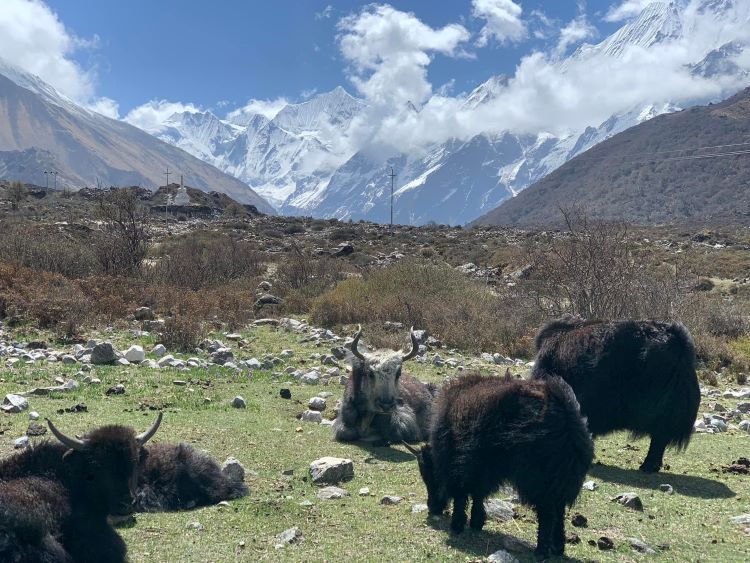
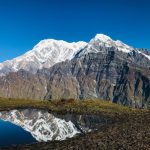 Saturday, August 30th, 2025
Saturday, August 30th, 2025
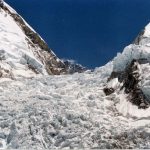 Wednesday, August 27th, 2025
Wednesday, August 27th, 2025
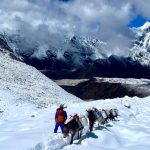 Wednesday, August 20th, 2025
Wednesday, August 20th, 2025
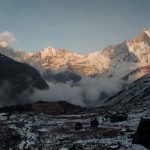 Wednesday, August 20th, 2025
Wednesday, August 20th, 2025
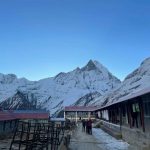 Wednesday, August 13th, 2025
Wednesday, August 13th, 2025
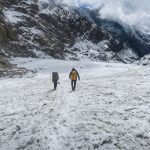 Wednesday, August 6th, 2025
Wednesday, August 6th, 2025
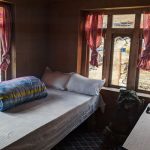 Monday, July 7th, 2025
Monday, July 7th, 2025
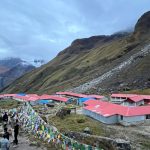 Thursday, July 17th, 2025
Thursday, July 17th, 2025
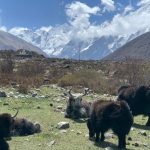 Monday, July 7th, 2025
Monday, July 7th, 2025
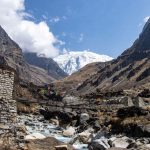 Friday, May 9th, 2025
Friday, May 9th, 2025
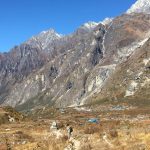 Saturday, June 14th, 2025
Saturday, June 14th, 2025
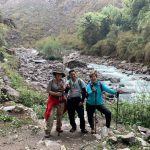 Wednesday, June 25th, 2025
Wednesday, June 25th, 2025
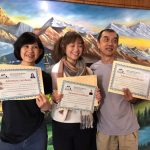 Tuesday, August 5th, 2025
Tuesday, August 5th, 2025
